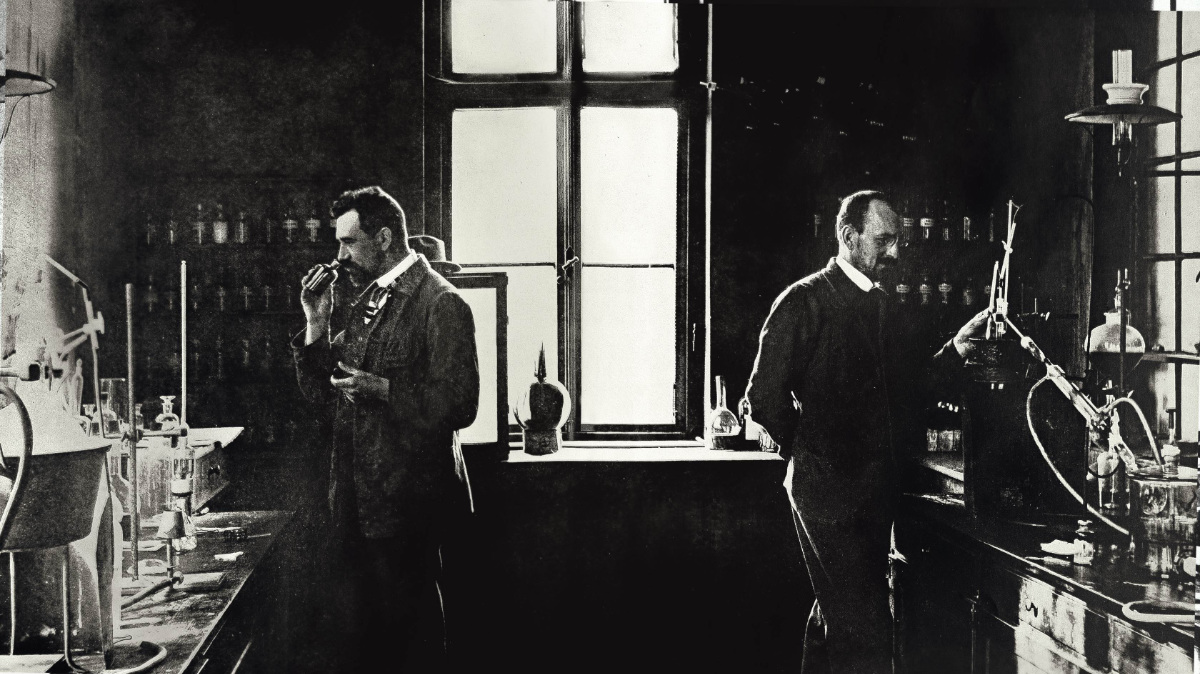Wilhelm Haarmann’s and Ferdinand Tiemann’s successful synthetization of vanillin from the sap of conifers and the subsequent production and distribution of this new compound marks the emergence of the flavor and scent industry.
Synthetic vanillin proved to be a lot cheaper than natural vanilla, which was only known and used by wealthy people. After the discovery of the new compound, Haarmann and his business partner Karl Reimer were confronted with a pressing question: how to market this new product and convince people to use it. Among housewives it found little appeal. A synthetic flavoring was something entirely new and initially met with resistance. Haarmann commissioned the well-known women’s rights activist and cookbook author Lina Morgenstern to write recipes that featured Haarmann & Reimer’s patented vanillin. A marketing campaign that proved to be successful.
Synthetic vanillin’s first big impact in the fragrance world came with Aimé Guerlain’s ‘Jicky’ in 1889. It was a big success with females albeit conceptualized as a male fragrance, maybe due to its vanilla note. The success of ‘Jicky’ marked the beginning of vanilla’s meteoric rise in the fragrance world. An ever-increasing market for vanilla flavors and scents opened up. The new emerging industry rigorously searched for aroma compounds that could be produced through chemical means, and Haarmann & Reimer’s company was leading the field. Their pioneering spirit became part of the DNA of Symrise and its predecessors, resulting in a list of equally industry-shaping inventions, innovations, and business practices.

